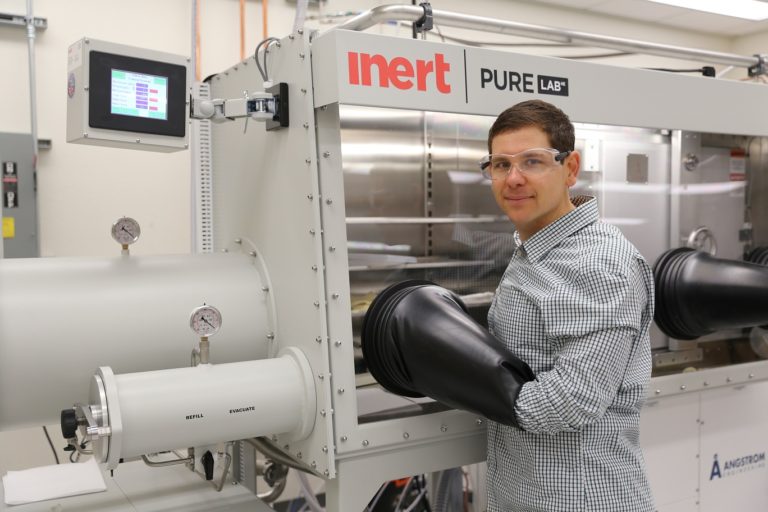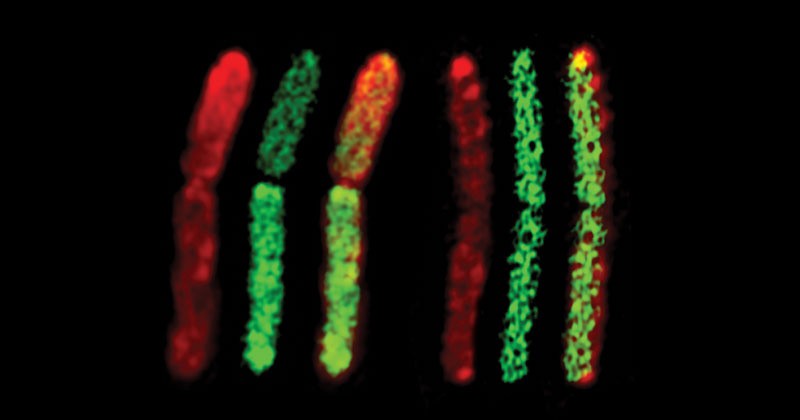Morteza Mahmoudi, an assistant professor in MSU’s Department of Radiology, explains why addressing disagreements with stronger standards will help ensure future nanomedicines are safe, effective and successful.
Tag: biomolecular engineering
A new energy frontier
The University of Delaware has launched the new Center for Clean Hydrogen to accelerate the transition to clean energy by reducing the cost of hydrogen and hydrogen-related technologies. The center will be fueled by an initial $10 million in funding from the Department of Defense.
Fixing Spinal Cord Injuries With ‘Dancing Molecules’
Researchers have created an injectable therapy for spinal cord injuries that uses specially engineered molecules that trigger a healing response in spinal cells. These molecules come together to form tiny fibers in a liquid solution. Scientists can control the motion of these fibers, allowing the fibers to connect more effectively with cells in the spine. The research may lead to a cure for spinal injuries in humans.

UCI engineers reveal molecular secrets of cephalopod powers
Irvine, Calif., Dec. 17, 2020 — Reflectins, the unique structural proteins that give squids and octopuses the ability to change colors and blend in with their surroundings, are thought to have great potential for innovations in areas as diverse as electronics, optics and medicine. Scientists and inventors have been stymied in their attempts to fully utilize the powers of these biomolecules due to their atypical chemical composition and high sensitivity to subtle environmental changes.

Tulane selected for one of three $27 million U.S.-Israel Energy Centers
The goal of the Center is to help propel energy security and economic development, while facilitating cooperation among U.S. and Israeli companies, research institutes and universities.

An Unprecedented Discovery of Cell Fusion
Understanding how bacteria interact is critical to solving growing problems such as antibiotic resistance, in which infectious bacteria form defenses to thwart the medicines used to fight them. Researchers at the University of Delaware have discovered that bacterial cells from different species can combine into unique hybrid cells by fusing their cell walls and membranes and sharing cellular contents, including proteins and ribonucleic acid (RNA), the molecules which regulate gene expression and control cell metabolism.

Arthi Jayaraman: Then and Now
Arthi Jayaraman is a full professor of Chemical and Biomolecular Engineering and Material Sciences and Engineering in the College of Engineering at the University of Delaware.
Technique Can Label Many Specific DNAs, RNAs, or Proteins in a Single Tissue Sample
A new technique can label diverse molecules and amplify the signal to help researchers spot those that are especially rare. Called SABER (signal amplification by exchange reaction), Peng Yin’s lab at Harvard’s Wyss Institute first introduced this method last year and since have found ways to apply it to proteins, DNA and RNA.